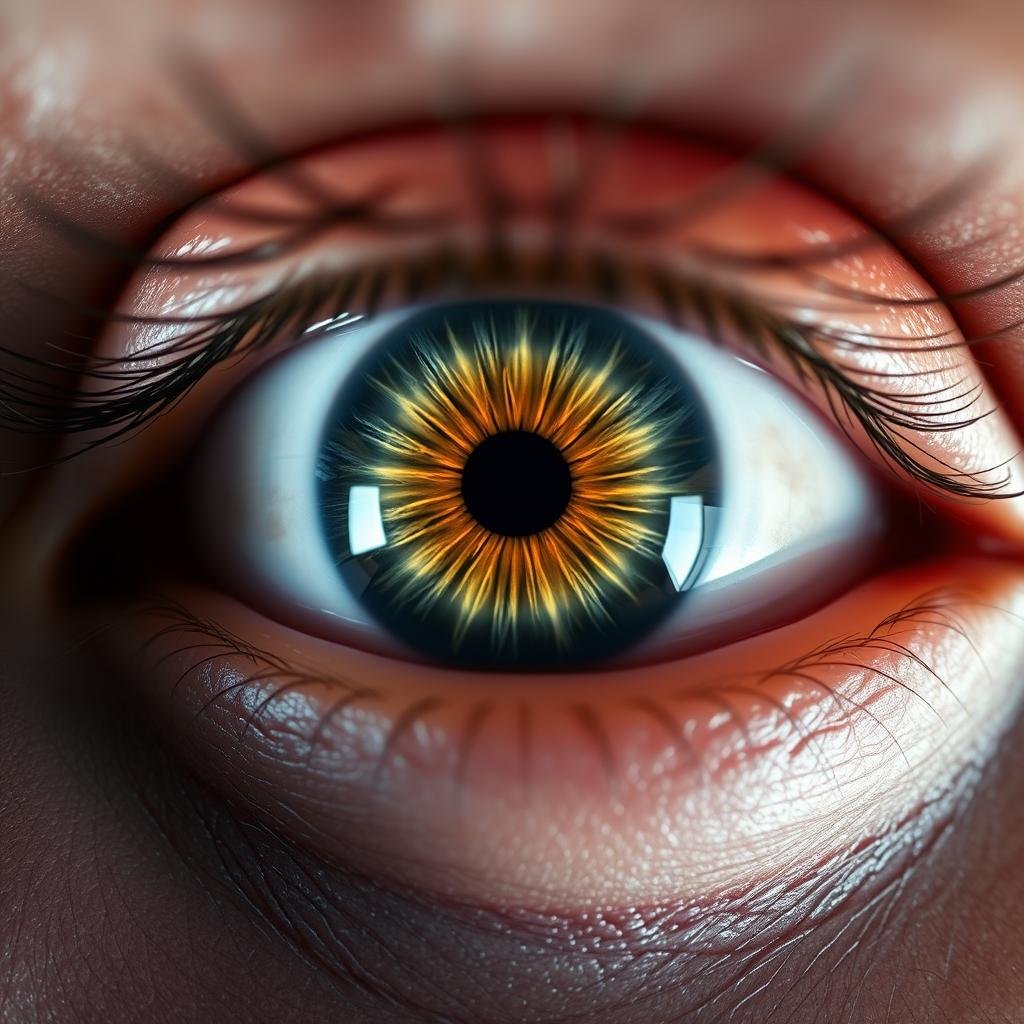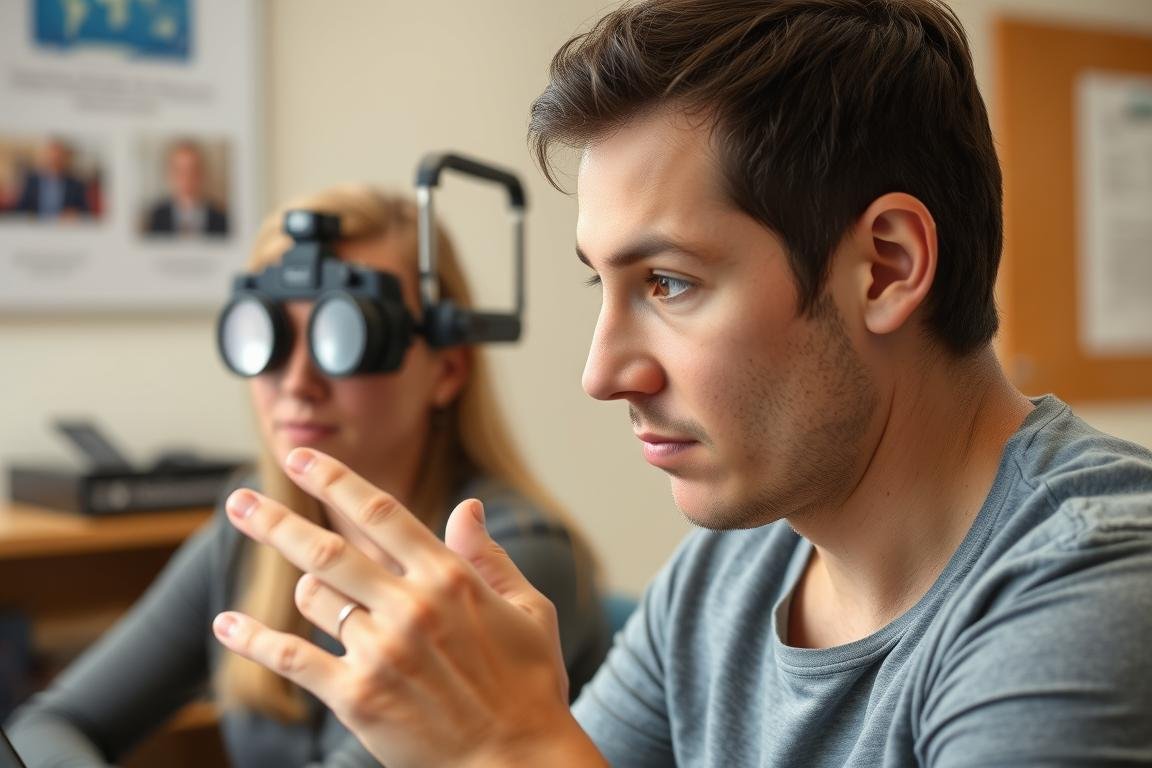The eyes have long been called the windows to the soul, and for good reason. Lecture oculaire is the art and science of interpreting eye movements, pupil dilation, and gaze patterns to understand emotions, intentions, and even thought processes. This powerful form of nonverbal communication can reveal what words often conceal. Whether you’re looking to enhance your personal relationships, professional interactions, or simply better understand human behavior, mastering the skill of eye reading can transform how you connect with others.
Qu'est-ce que Lecture des yeux?
Lecture oculaire is the systematic interpretation of eye movements, pupil responses, and gaze patterns to understand a person’s emotional state, level of interest, cognitive processing, and even truthfulness. Unlike other forms of body language, the eyes are particularly revealing because many eye movements are involuntary and controlled by the autonomic nervous system—making them difficult to fake or manipulate.
La pratique de eye reading combines elements of psychology, neuroscience, and behavioral analysis. It goes beyond simply noticing where someone is looking; it involves understanding the meaning behind specific eye behaviors in different contexts.
Key Components of Lecture des yeux
- Pupil dilation and constriction
- Gaze direction and duration
- Blink rate and patterns
- Eye contact frequency and maintenance
- Microsaccades (tiny involuntary eye movements)
- Eye accessing cues (movement patterns related to thinking)
Understanding these components allows practitioners of eye reading to gain insights that might otherwise remain hidden in verbal communication. For example, dilated pupils often indicate interest or emotional arousal, while rapid blinking might suggest stress or discomfort.
La science derrière Lecture des yeux
Le fondement scientifique de eye reading is rooted in neurology, cognitive psychology, and evolutionary biology. Our eyes are directly connected to our brain through the optic nerve, making them a unique window into our cognitive and emotional processes.
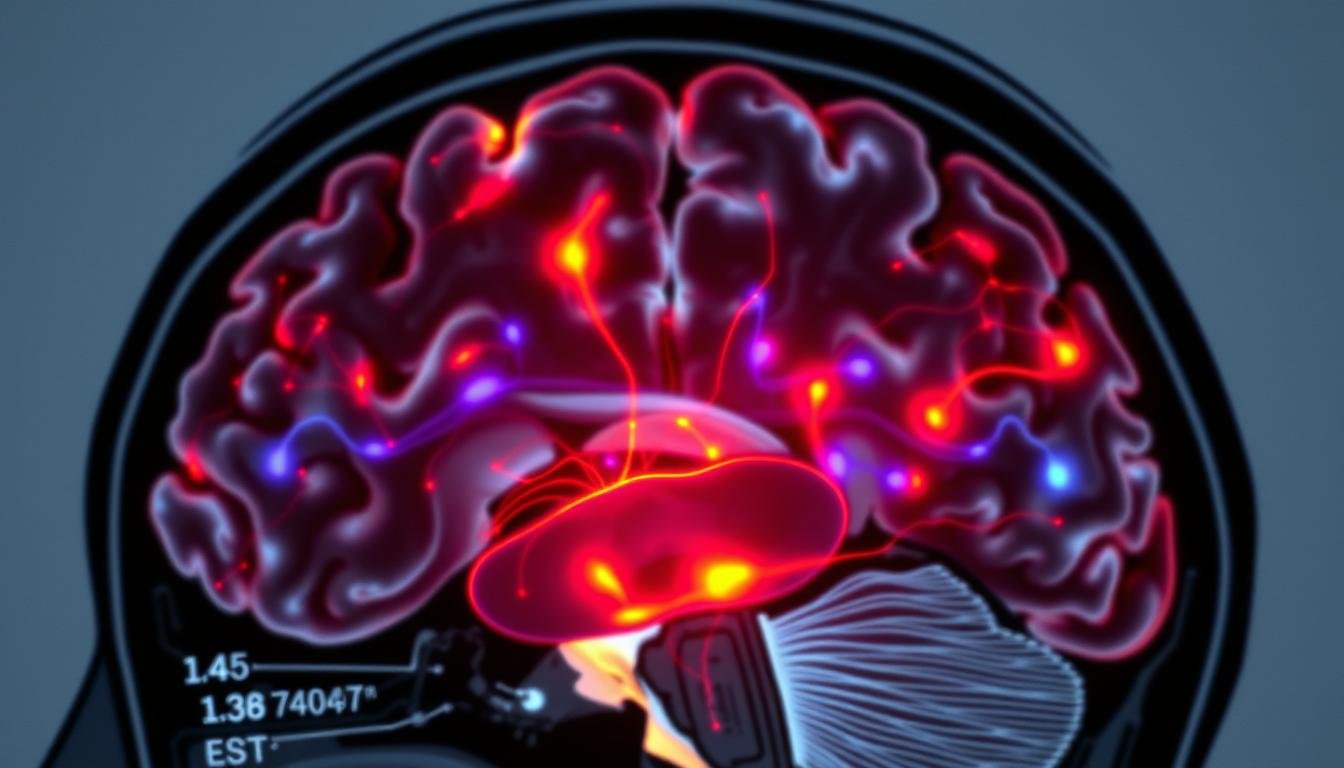
Neural pathways activated during visual processing and eye movement
Research has shown that specific eye movements correlate with particular brain activities. For instance, when we access visual memories, our eyes often move upward, while accessing auditory memories may cause lateral eye movements. These patterns, known as “eye accessing cues,” form an important component of eye reading techniques.
Comment Lecture des yeux Decodes Emotions
Our emotional states are often reflected in our eyes through various physiological responses:
| Eye Behavior |
Potential Emotional Meaning |
Physiological Basis |
| Dilated pupils |
Interest, attraction, or emotional arousal |
Sympathetic nervous system activation |
| Constricted pupils |
Dislike, suspicion, or concentration |
Parasympathetic nervous system activation |
| Increased blink rate |
Stress, anxiety, or discomfort |
Heightened cortisol levels |
| Prolonged eye contact |
Confidence, interest, or dominance |
Frontal lobe engagement |
| Averted gaze |
Shyness, submission, or deception |
Amygdala activation (fear response) |
Microexpressions—brief, involuntary facial expressions that last for a fraction of a second—are particularly important in eye reading. The muscles around the eyes (orbicularis oculi) cannot be voluntarily controlled with the same precision as other facial muscles, making eye microexpressions especially reliable indicators of genuine emotion.
Cultural Differences in Lecture des yeux
While many eye movements have universal meanings, cultural norms significantly influence how eye behaviors should be interpreted:
Western Cultures
Direct eye contact is generally valued and associated with honesty, confidence, and attentiveness. Avoiding eye contact may be interpreted as shyness, dishonesty, or lack of interest.

East Asian Cultures
Prolonged direct eye contact may be considered disrespectful, particularly with elders or authority figures. Lowered gaze often signifies respect rather than disinterest or dishonesty.

Middle Eastern Cultures
Same-gender eye contact may be more intense and prolonged than in Western cultures. However, eye contact between genders follows different social norms and may be more restricted.

These cultural differences highlight the importance of context in eye reading. What might indicate dishonesty in one culture could simply reflect respect in another. Effective practitioners of eye reading must account for these cultural variations to avoid misinterpretation.
Applications pratiques de Lecture des yeux
The ability to accurately interpret eye movements and patterns has valuable applications across numerous fields and personal situations:

Thérapie & Counseling
Therapists use eye reading to detect emotional responses that clients may not verbalize, helping to identify underlying issues and guide treatment approaches.

Business Negotiations
In high-stakes negotiations, eye reading can reveal interest levels, concerns, or potential deception, providing valuable strategic advantages.

Relations personnelles
Understanding a partner’s eye cues can enhance emotional connection, improve communication, and help resolve conflicts more effectively.

Application de la loi
Trained investigators use eye reading techniques to assess credibility and detect potential deception during interviews and interrogations.
Enhance Your Communication Skills
Want to learn more about how eye reading can improve your professional and personal interactions? Our comprehensive guide provides practical techniques you can start using today.
Télécharger le guide de lecture des yeux gratuits
Étude de cas : Lecture des yeux in Clinical Settings
Dr. Sarah Johnson, a clinical psychologist specializing in trauma treatment, shares how eye reading has transformed her practice:
“When working with trauma survivors, verbal communication is often difficult. Lecture oculaire allows me to detect emotional responses that patients aren’t ready to verbalize. For example, rapid eye movement and increased blinking often indicate when we’ve touched on a significant memory, even if the patient verbally denies its importance. This gives me crucial information about which therapeutic directions might be most beneficial.”
— Dr. Sarah Johnson, Clinical Psychologist
This case illustrates how eye reading can provide insights that go beyond verbal communication, particularly in sensitive contexts where individuals may struggle to express themselves.
Improving Your Lecture des yeux Skills
Like any skill, eye reading can be developed and refined with practice. Here are evidence-based techniques to enhance your ability to interpret eye cues:
4-Step Process to Master Lecture des yeux
- Establish Baselines: Observe a person’s typical eye behaviors in neutral situations to identify their personal patterns.
- Note Deviations: Pay attention to changes from the baseline when discussing different topics or asking specific questions.
- Consider Context: Interpret eye behaviors within the appropriate cultural, situational, and individual context.
- Verify Patterns: Look for clusters of eye behaviors rather than isolated movements to increase accuracy.
Common Eye Patterns and Their Potential Meanings
Understanding these common patterns can provide a foundation for developing your eye reading skills:

Looking Up and Right
Often associated with visual construction (creating or imagining images). May indicate creative thinking or, in some contexts, fabrication.

Looking Up and Left
Frequently linked to visual recall (remembering images or scenes). Can suggest the person is accessing genuine visual memories.
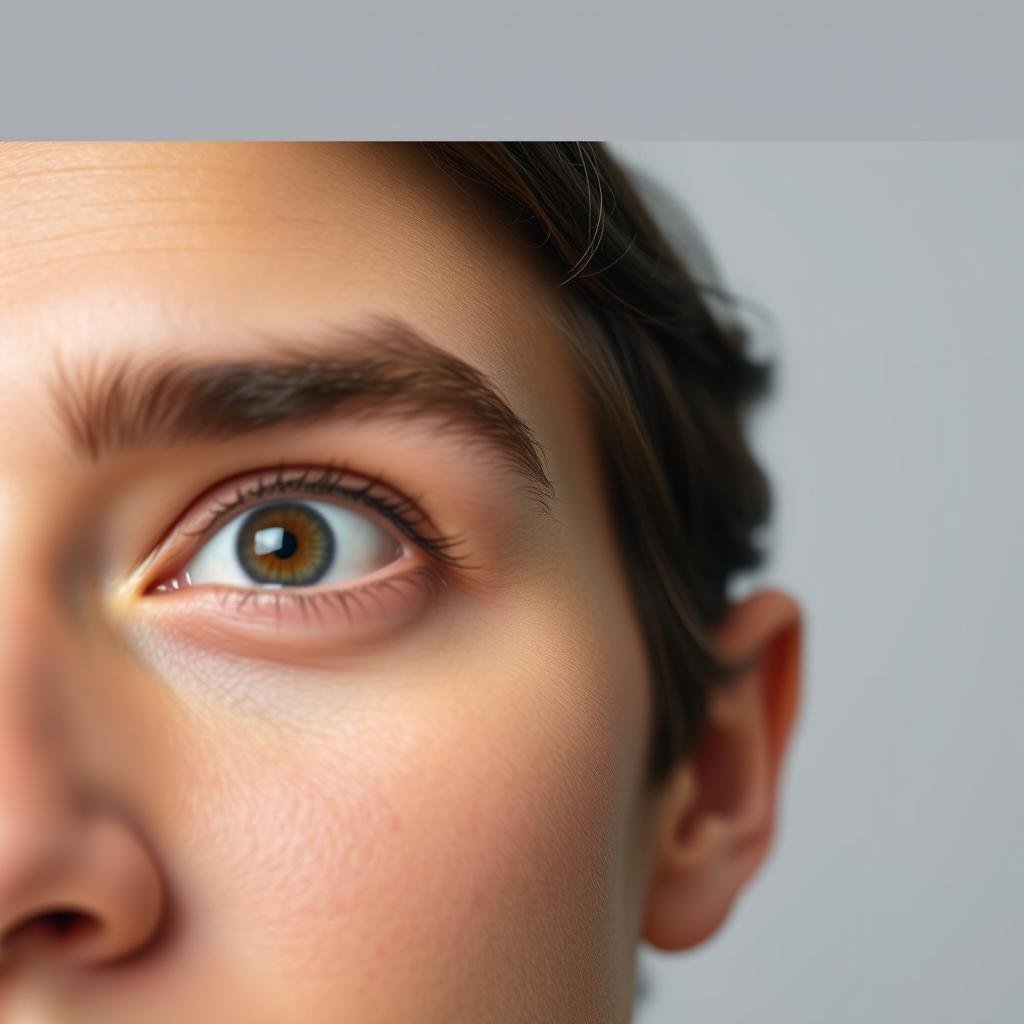
Looking Side to Side
Often indicates auditory processing. Looking to the left may suggest recalling sounds, while looking right might indicate constructing or imagining sounds.
Practice Exercise: Watch interviews with the sound off and try to identify the emotional states of the participants based solely on their eye movements. Then rewatch with sound to verify your interpretations.
Regular practice with techniques like these can significantly improve your eye reading abilities. However, it’s important to approach this skill with humility—even experts sometimes misinterpret eye cues, and individual variations can make generalizations challenging.
Myths vs. Facts About Lecture des yeux
Despite its scientific foundations, eye reading is often misunderstood or oversimplified in popular culture. Let’s separate fact from fiction:
Facts About Eye Reading
- Pupil dilation is an involuntary response that can indicate interest or emotional arousal
- Cultural background significantly influences eye contact patterns and meanings
- Eye movements can provide clues about cognitive processing (visual, auditory, or kinesthetic thinking)
- Clusters of eye behaviors are more reliable indicators than isolated movements
- The eyes do reveal emotional states through microexpressions and autonomic responses
Myths About Eye Reading
- Looking up and to the right always indicates lying
- Avoiding eye contact is a universal sign of deception
- Eye patterns alone can definitively determine truthfulness
- Everyone’s eye movements follow the same patterns regardless of individual differences
- Eye reading is an infallible method of detecting deception
Understanding these distinctions is crucial for anyone looking to develop legitimate eye reading skills. While the eyes do provide valuable information about cognitive and emotional states, interpretation requires nuance, context, and an awareness of individual and cultural differences.
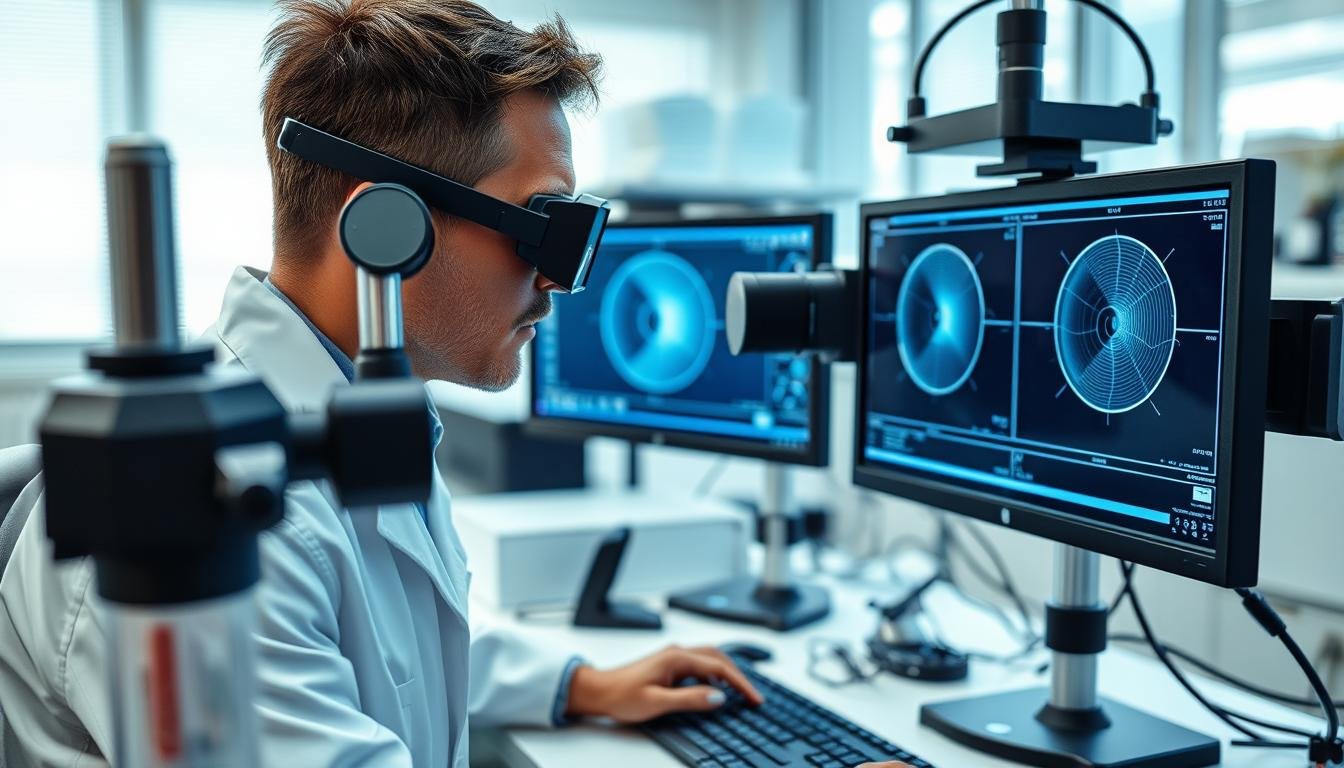
Modern eye-tracking technology allows researchers to study eye movements with unprecedented precision
Recent scientific research continues to refine our understanding of eye movements and their relationship to cognitive and emotional processes. As technology advances, our ability to accurately interpret eye behaviors will likely improve, leading to more reliable eye reading techniques.
Conclusion: Mastering Lecture des yeux for Better Communication
Lecture oculaire represents a powerful tool for understanding others at a deeper level. By learning to interpret the subtle cues provided by eye movements, pupil responses, and gaze patterns, you can gain insights into emotions, thought processes, and intentions that might otherwise remain hidden.
However, effective eye reading requires more than memorizing a set of rules or patterns. It demands practice, contextual awareness, cultural sensitivity, and a willingness to continually refine your understanding. The most skilled practitioners approach eye reading as one component of a broader communication toolkit, using it to complement rather than replace verbal communication.
Faites passer vos compétences en lecture oculaire au niveau supérieur
Ready to become more perceptive in your personal and professional interactions? Our comprehensive guide includes practical exercises, scientific explanations, and real-world applications of eye reading techniques.
Download Your Free Eye Reading Guide
Key Takeaways About Lecture des yeux
- Lecture oculaire combines psychology, neuroscience, and behavioral analysis to interpret eye movements
- Pupil dilation, gaze direction, and blink patterns provide valuable insights into emotional states
- Cultural context significantly influences how eye behaviors should be interpreted
- Practical applications span therapy, business, relationships, and law enforcement
- Developing eye reading skills requires establishing baselines and noting pattern deviations
- Common myths about eye movements can lead to misinterpretations
- Scientific research continues to refine our understanding of eye-brain connections
- Lecture oculaire is most effective when used as part of a comprehensive communication approach
Foire aux questions sur Lecture des yeux
Est eye reading scientifically valid?
Yes, many aspects of eye reading are supported by scientific research in psychology and neuroscience. Studies have confirmed connections between specific eye movements and cognitive processes. However, interpretation requires context and should not be oversimplified.
Peut eye reading definitively detect lying?
No, despite popular claims, eye reading alone cannot definitively determine if someone is lying. Deception detection requires analyzing multiple behavioral cues, contextual factors, and baseline behaviors—not just eye movements.
How long does it take to become proficient at eye reading?
Developing basic eye reading skills can take several weeks of consistent practice. However, becoming truly proficient may require months or years of observation and application in various contexts. Like any skill, it improves with dedicated practice.
Are there ethical concerns with eye reading?
Yes, ethical considerations include respecting privacy, avoiding manipulation, and recognizing the limitations of interpretation. Lecture oculaire should be used to enhance understanding and communication, not to exploit or manipulate others.
Peut eye reading skills be used in virtual meetings?
Yes, though with limitations. Video calls allow observation of many eye movements, but screen resolution, lighting, and camera angles can reduce the visibility of subtle cues. Additionally, people may look away from the camera to view notes or other content, which could be misinterpreted.














